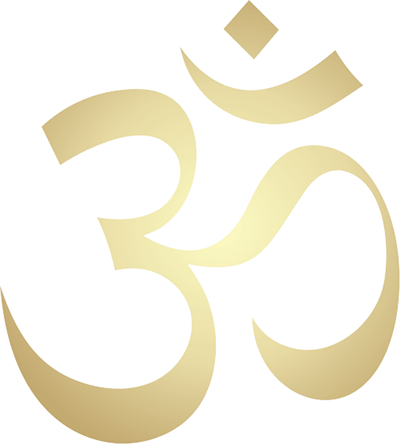



108 Names of Bharat Mata Video
108 Names of Bharat Mata
Gayatri Mantras Video
Bharat Mata Gayatri Mantras
Ekavimski Video
Bharat Mata Ekavimsati Song

Click on Link below to go to Youtube Videos
To download MP3 Audio right click and "save link as"
Home
About the Author
108 Names of Bharatamata
Gayatri Mantras
Ekavimsati Song
Speaking/Media Contact
Sri Bharatamata
Ashtottaram 62
62) OṀ MOKṢHA SĀDHAKA BHŨMYAINAMAH:
OṀ (AUM) -MOK-ṢHA- SAA-DHA-KA- BHOO- MYAI- NA-- MA- HA
(Mokṣha: means-Liberation, not returning to saṃsāra; Sādhaka: means-Seeking,
spiritual discipline)
Mokṣha is liberation from trans-migratory existence and from the cycle of birth and death what we call 'saṃsāra'. The topic of bandha (bondage) and mokṣha (liberation) has been widely discussed in all the systems of Hindu philosophy. It is the last pursuit of the human goals in life. The synonyms for mokṣha are: mukti, kaivalya and nirvāṇa.
Man is essentially the ātman, the pure spirit, of the nature consciousness; but has somehow forgotten it and has identified himself with the body-mind-senses complex. As a result, he is constantly undergoing trans-migration, the cycle of birth-death-rebirth and so on. Whatever suffering a man undergoes, is due to this identification with the body and the mind, and consequent transmigration brought about by karma. This cycle of transmigration, called 'saṃsāra', can be ended by the realization of the ātman. This again is achieved by the destruction of ajnāna or avidya (ignorance) and through jnāna (knowledge). Once this is done, mokṣha is attained.
Of course, there are other schools which advocate nishkāma karma (action not motivated by selfish desires) or bhakti (devotion to God resulting in His grace) as the means to mokṣha. It is posited as the final purushārtha, the ultimate goal of life.
Some works like the Sūta saṃhita describe four kinds of mukti or mokṣha as follows: 1) Sālokya (living in the same world as God);
2) Sārūpya (having a form similar to that of God); 3) Samīpya (living near God); 4) Sāyujya (getting identified or united with God). These ideas seem to have existed in the Vedic literature itself.
Bhārata bhōmi is conducive for the practice of one or all the paths enjoined by the Vedas, i.e., Karma yoga, Rāja yoga, Bhakti yoga and Jnāna yoga. To pursue these paths, we have thousands and thousands of temples, puṇyatīrthās, discourses by swamīs and gurus and many others. We have Vedas, Upanishads, Purāṇas, Brahmasūtrās and āgamās and many more sacred texts and literature for answers and clarifications. Not only showing the paths for liberation, but also how to be liberated while living and one cannot ask anything better than that. We also have prayers from Upanishads like 'Asatomā satgamayā; tamasomā jyotirgamayā' meaning 'lead me from unreality to reality and from darkness to light'.
The land which teaches us to worship God with 'karmaphala tyāgam, niṣhkāmakarmam, Īsvarārpaṇa buddhi' and attain 'mokṣham' and hence our land is 'Mokṣha Sādhaka Bhūmi'.

